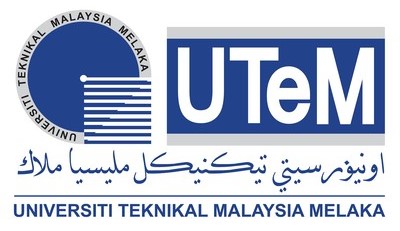Welcome to
ICEMME 2019
Keynote speaker

President Dr. William S. Chao, Association of Enterprise Architects Taiwan Chapter, Taiwan, China
趙善中主席,企業架構師協會 ,中國台湾
Research Area: Systems Architecture; Hardware Architecture; Software Architecture; Enterprise Architecture; Model-Based Systems Engineering
研究领域:系统架构; 硬件架构; 软件架构; 企业架构; 基于模型的系统工程
Title:Structure-Behavior Coalescence Process Algebra vs.Systems Modeling Language For Model-Based Systems Engineering
标题:基于模型的系统工程的结构 - 行为合并过程代数与系统建模语言
Abstract:
Model-based systems engineering (MBSE) is a formal application of modeling to support requirements analysis, systems design, systems test, etc. starting with the conceptual design phase and continuing the entire development phase and the later life cycle phase. Systems Modeling Language (SysML), defined as a profile and an extension of the Unified Modeling Language (UML), is currently the most famous modeling language for model-based systems engineering (MBSE) applications.
In this paper, we propose a new approach for general-purpose systems modeling called structure-behavior coalescence process algebra (SBC-PA), which supports the integration of modeling both structural and behavioral aspects of a system within a single diagram. Process algebra is utilized to describe the interactions between the components of the system. SBC-PA combines graphical notation and process algebra to provide formalism and an intuitive representation in the development of the conceptual model. The SBC-PA can clearly describe the interactions between system components and precisely specify the execution order of an entire system via algebraic operations.
It is well known that the metamodel of SysML was developed to ensure model consistency between different diagrams in the user model. However, most existing SysML metamodels (e.g. OCL, Alf) lack the capability to project each diagram in the user model as a view of the metamodel. In order to overcome the shortcomings of the current SysML metamodel approaches, we need to develop a unified semantic framework that is able to integrate the structural constructs within a single diagram. SBC process algebra (SBC-PA) is such a candidate. In SBC process algebra, the structural and behavioral constructs are integrated in a single diagram. The key to model-based systems engineering (MBSE) excellence is to provide a coherent model for its approach to develop and improve the model. As the most representative model, SysML has some difficulties in achieving this goal. SBC-PA uses a single diagram approach that does have some advantages in ensuring consistency and achieving a truly coherent model.

Professor Rafikul Islam, International Islamic University Malaysia, Malaysia
Research Area: Analytic Hierarchy Process; Group Decision Making; Total Quality Management; Operations Management
研究领域:层次分析法; 群体决策; 全面质量管理; 运营管理
Title:Making Economic Decisions through the Analytic Hierarchy Process (AHP)
标题:通过层次分析法(AHP)做出经济决策
Abstract:
Making decisions is a part and parcel of our life. How do we make good decisions? Researchers have developed tools and methods that can be of great help. Often mathematical models are used to develop these methods. One such method is Analytic Hierarchy Process or AHP, which is based on a solid mathematical foundation. AHP is rooted on Linear Algebra and Graph Theory. Over the last four decades, the AHP has been regarded as an excellent aid to make decisions that involve multiple criteria, multiple stakeholders and multiple decision makers. In particular, AHP has been widely applied in the areas of Business Management, Economics and Environmental Science. Perhaps, the most appealing reason for the method’s widespread use is its simplicity in application. Further, AHP can deal with subjective factors in decision making in a logical way. Number of real world applications of AHP is simply numerous. A book written jointly by the author of this paper and Professor Thomas Saaty of University of Pittsburgh has delineated the applications of AHP in over twenty-five areas. The main purpose of this paper is to discuss the applications of AHP in the area of Economics, more specifically decision making in the area of Economics. Particular emphasis would be provided on the following issues: (1) Market attractiveness of developing countries, (2) Regional economic development, and (3) Choosing countries for FDIs. The paper would conclude by highlighting how and where AHP can further be applied in the area of Economics.




